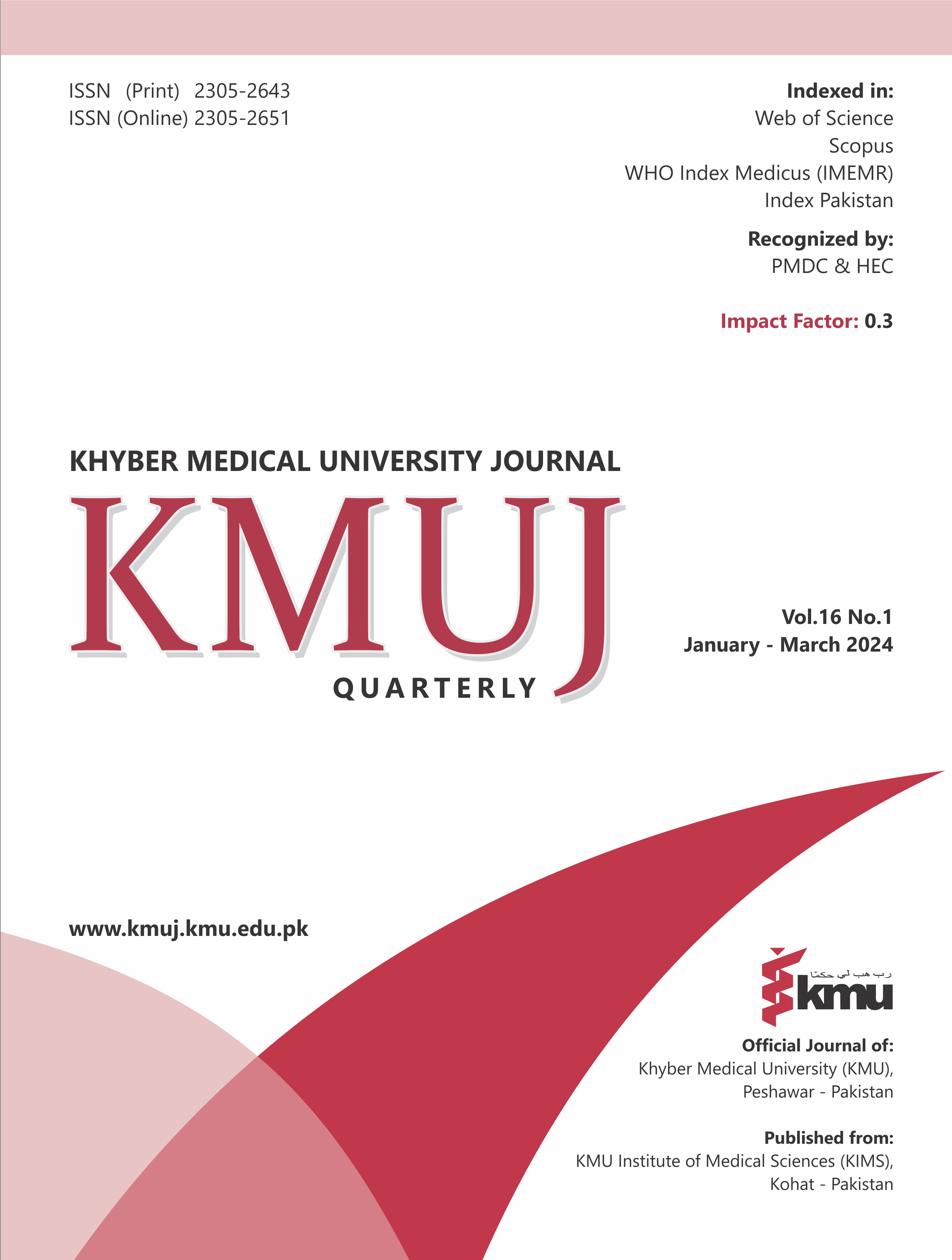Metaverse: a promise avenue for enhancing dental care
Main Article Content
Abstract
The healthcare industry has consistently recognized the significance of routine in-person engagement with patients in evaluating their holistic well-being. However, the onset of the COVID-19 pandemic disrupted this traditional methodology, prompting healthcare providers to seek feasible alternatives. Consequently, the industry is increasingly embracing remote care technologies like telehealth and the implementation of artificial intelligence. These technologies utilize digital tools for information and communication, enabling the remote delivery of healthcare services.1 As a result, there has been a surge in healthcare advancements and the adoption of innovative business models, utilizing computer-mediated virtual environments as an alternative healthcare system. Currently, digital transformation extends beyond virtual communication, encompassing the digitalization of the healthcare industry's social network with Metaverse technology.2
The Metaverse, facilitated by virtual reality and augmented reality, provides a comprehensive and immersive virtual realm. In this virtual world, people can interact online by using avatars. This technology has numerous applications in clinical dentistry. It is used for distraction therapy during dental surgeries and virtual simulations for implant surgery planning. The technology provides accurate descriptions of dental anatomy and supports augmented reality-assisted navigation for osteogenesis and mandibular restorations, along with virtual orthognathic planning.3 Furthermore, while conducting a root canal procedure with the aid of three-dimensional images, it is possible to directly observe the canal's morphology or precisely position an implant in the appropriate location within the alveolar bone.4Additionally, neurosurgeons have achieved successful augmented reality surgeries on live patients in medical facilities.The procedure involves a unique head-mounted device equipped with a transparent display, allowing surgeons to view images of the patient's internal anatomy, such as bones and other tissues, generated from CT scans. This revolutionary technology essentially provides surgeons a type of X-ray vision, enabling them to navigate and perform surgeries with enhanced precision and accuracy. These pioneering advancements in surgical techniques represent significant developments in the field of neurosurgery.5
Metaverse technology is expected to permit and maintain oral and dental health by offering personalized recommendations, tracking health behaviors, monitoring symptoms, and providing self-care guidance.6 Young individuals can actively participate in a virtual environment that facilitates the acquisition of oral hygiene techniques and reduces dental anxiety. Moreover, this technology can inform patients about dental trauma and guide them on the appropriate measures to take in the event of such incidents.7 This writeup underscores the extensive research conducted on this topic, and highlighting the transformative potential of this technology in dentistry.
The Metaverse has the potential to revolutionize the dental care sector by utilizing virtual communication to connect specialists with end users. This could enable the seamless delivery of a variety of medical services, including disease prevention, diagnosis, and treatment, ushering in a new era of comprehensive care.
Article Details

This work is licensed under a Creative Commons Attribution 4.0 International License.
Work published in KMUJ is licensed under a
Creative Commons Attribution 4.0 License
Authors are permitted and encouraged to post their work online (e.g., in institutional repositories or on their website) prior to and during the submission process, as it can lead to productive exchanges, as well as earlier and greater citation of published work.
(e.g., in institutional repositories or on their website) prior to and during the submission process, as it can lead to productive exchanges, as well as earlier and greater citation of published work.
References
1. El-Sherif DM, Abouzid M, Elzarif MT, Ahmed AA, Albakri A, Alshehri MM. Telehealth and Artificial Intelligence Insights into Healthcare during the COVID-19 Pandemic. Healthcare 2022;10(2):385. https://doi.org/10.3390/healthcare10020385
2. Lee CW. Application of Metaverse Service to Healthcare Industry: A Strategic Perspective. Int J Environ Res Public Health 2022;19(20):13038. https://doi.org/10.3390/ijerph192013038
3. Monterubbianesi R, Tosco V, Vitiello F, Orilisi G, Fraccastoro F, Putignano A, et al. Augmented, Virtual and Mixed Reality in Dentistry: A Narrative Review on the Existing Platforms and Future Challenges. Appl Sci 2022;12(2):877. https://doi.org/10.3390/app12020877
4. Iqbal A, Sharari TA, Khattak O, Chaudhry FA, Bader AK, Saleem MM, et al. Guided Endodontic Surgery: A Narrative Review. Medicina (Kaunas). 2023;59(4):678. https://doi.org/10.3390/medicina59040678
5. Kazemzadeh K, Akhlaghdoust M, Zali A. Advances in artificial intelligence, robotics, augmented and virtual reality in neurosurgery. Front Surg 2023;10:1241923. https://doi.org/10.3389/fsurg.2023.1241923
6. Dhar E, Upadhyay U, Huang Y, Uddin M, Manias G, Kyriazis D, et al. A scoping review to assess the effects of virtual reality in medical education and clinical care. Digit Health 2023;9:20552076231158022. https://doi.org/10.1177/20552076231158022
7. Genaro LE, Marconato JV, Hanai D, Pawloski CLG, Capote TSdO. Virtual Reality in Oral Hygiene Instruction: an Immersive Approach. Odovtos - Int J Dent Sci 2022;24(1):519-29. https://doi.org/10.15517/ijds.2022.49283
